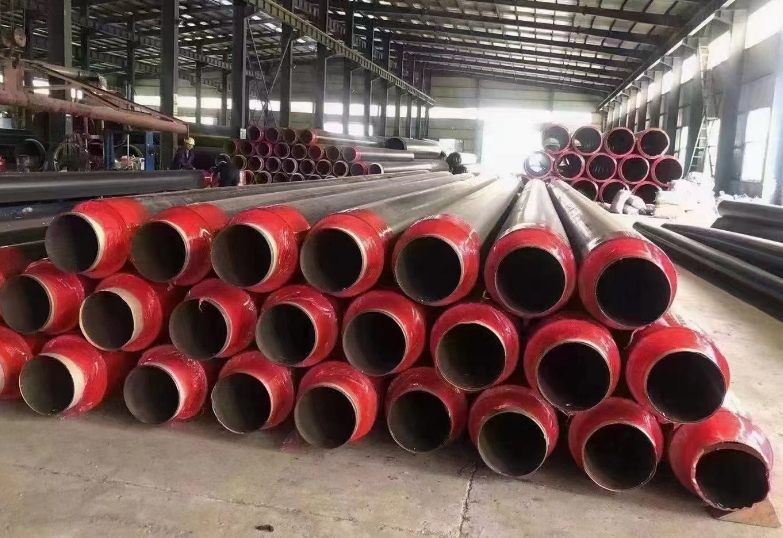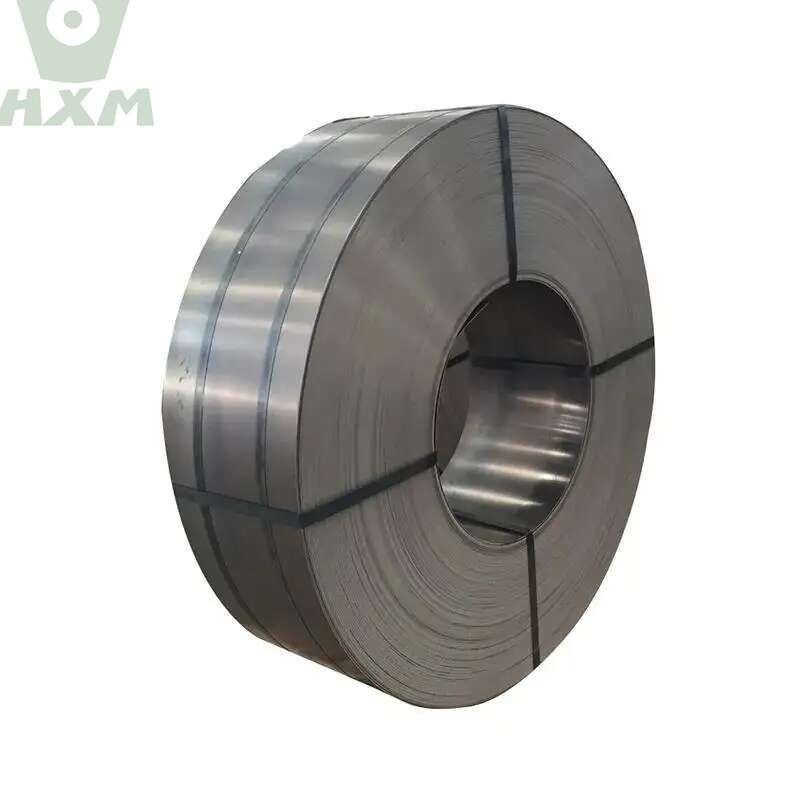Carbon steel, a fundamental material in the manufacturing industry, has been a cornerstone of various industrial applications for decades. Its popularity and widespread use are attributed to its exceptional mechanical properties, cost-effectiveness, and ease of processing. This article aims to provide a comprehensive overview of carbon steel as a manufacturing material, discussing its composition, types, properties, manufacturing processes, and applications.

All About Carbon Steel as a Manufacturing Material
Composition of Carbon Steel
Carbon steel is primarily composed of iron and carbon, with carbon content ranging from approximately 0.2% to 2.1% by weight. This carbon content significantly influences the steel’s mechanical properties and characteristics. In addition to carbon, carbon steel may also contain minor amounts of other alloying elements such as manganese, silicon, phosphorus, and sulfur, which further affect its properties.
Types of Carbon Steel
Carbon steel can be classified into several types based on its carbon content and microstructure. The three main categories are low-carbon steel, medium-carbon steel, and high-carbon steel.
- Low-Carbon Steel: With a carbon content below 0.3%, low-carbon steel is highly ductile and malleable, making it easy to form and weld. It is commonly used in applications that require good formability and weldability, such as sheet metal and wire products.
- Medium-Carbon Steel: Medium-carbon steel has a carbon content ranging from 0.3% to 0.6%. It offers a balance between strength and ductility, making it suitable for various applications that require moderate strength and wear resistance. It is often used in the manufacturing of shafts, axles, and gears.
- High-Carbon Steel: High-carbon steel has a carbon content exceeding 0.6%. It is known for its high hardness and strength but low ductility. High-carbon steel is typically used in applications that require high wear resistance, such as cutting tools and knives.
Properties of Carbon Steel
The properties of carbon steel are determined by its composition and the manufacturing processes used to produce it. Some key properties include:
- Strength and Hardness: Carbon steel exhibits excellent strength and hardness, making it suitable for load-bearing applications. The strength and hardness increase with higher carbon content.
- Toughness: Carbon steel also possesses good toughness, which refers to its ability to resist fracture under impact or bending forces.
- Weldability: Low- and medium-carbon steels are generally easy to weld, while high-carbon steels can be more challenging due to their hardness and brittleness.
- Corrosion Resistance: Carbon steel is not inherently corrosion-resistant and requires surface treatments or coatings to enhance its resistance to rust and corrosion.
Manufacturing Processes
Carbon steel is produced through various manufacturing processes, including casting, rolling, forging, and extrusion.
- Casting: In casting, molten steel is poured into a mold and allowed to solidify, resulting in a carbon steel casting. This process is commonly used to produce complex shapes and large components.
- Rolling: Rolling involves passing hot or cold steel slabs through a series of rollers to reduce their thickness and achieve desired dimensions. This process is used to produce sheet, plate, and bar products.
- Forging: Forging is a process where carbon steel is shaped by compressive forces applied using hammers or presses. This method is suitable for creating parts with high strength and tight tolerances.
- Extrusion: Extrusion involves forcing carbon steel through a die to create a specific shape. This process is commonly used to produce tubular and rod-like products.
Applications of Carbon Steel
Carbon steel finds widespread applications in various industries due to its versatility and cost-effectiveness. Some common applications include:
- Construction: Carbon steel is used in the construction of bridges, buildings, and other structures due to its high strength and durability.
- Automotive Industry: Carbon steel is a key material in the automotive industry, used in the production of chassis, engines, and other critical components.
- Machinery and Equipment: Carbon steel is widely used in the manufacturing of machinery, tools, and equipment that require high strength and wear resistance.
- Oil and Gas Industry: Carbon steel pipes and fittings are essential in the oil and gas industry for transporting fluids and gases under high pressure and temperature conditions.
Conclusion
Carbon steel, as a manufacturing material, offers a unique combination of strength, ductility, and cost-effectiveness. Its diverse types and properties make it suitable for a wide range of applications across various industries. With ongoing advancements in manufacturing technology and alloy design, the future of carbon steel looks promising, with even more innovative and efficient uses to be discovered.
Thank you for reading our article and we hope it can help you to have a better understanding of carbon steel as a manufacturing material. If you are looking for carbon steel suppliers and manufacturers online now, we would advise you to visit Huaxia Steel for more information.
As a leading supplier of carbon steel products from Shanghai China, Huaxia Steel offers customers high-quality carbon steel, tool steel, alloy steel, and carbon steel tubes at a very competitive price.








